Photos: Birds Evolved from Dinosaurs, Museum Exhibit Shows
Byronosaurus nest
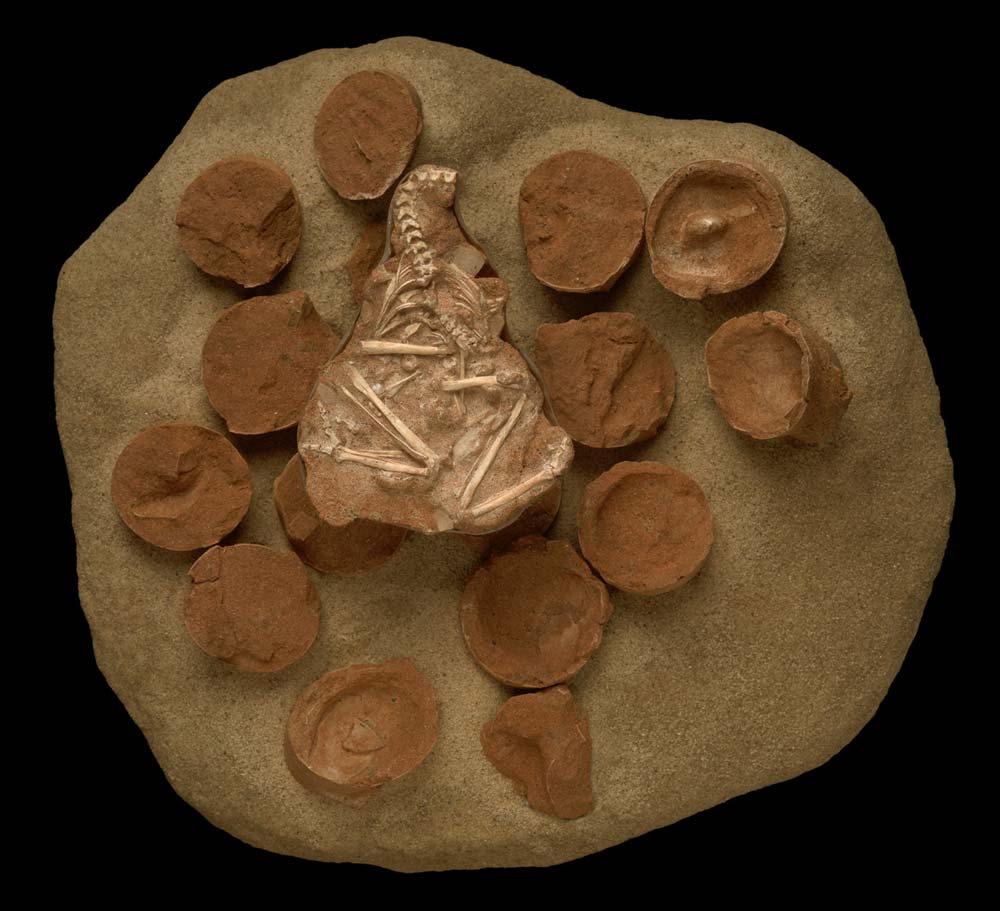
This fossil of a newly hatched trootontid laying on its egged siblings is an amazing find. The pattern of the eggs indicates the dinosaur had only one egg tube, matching the reproductive system of modern birds.
Byronosaurus

Byronosaurus — which belonged to the troodontids group of small, feathered, nonbird dinosaurs with large brains — lived during the Late Cretaceous, about 80 million years ago.
Oviraptorosaur
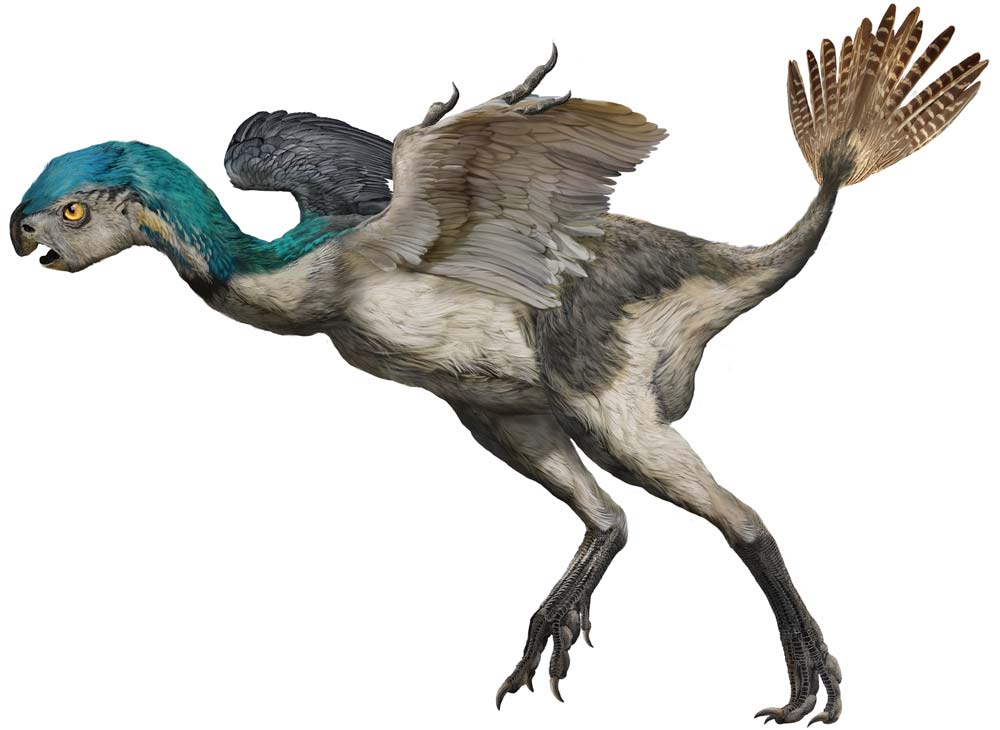
Oviraptorosaurs bridge the genetic gap between T. rex and modern birds. Fossils of the medium-sized, fowllike dinosaurs have been discovered in postures reminiscent of modern birds.
Anchiornis
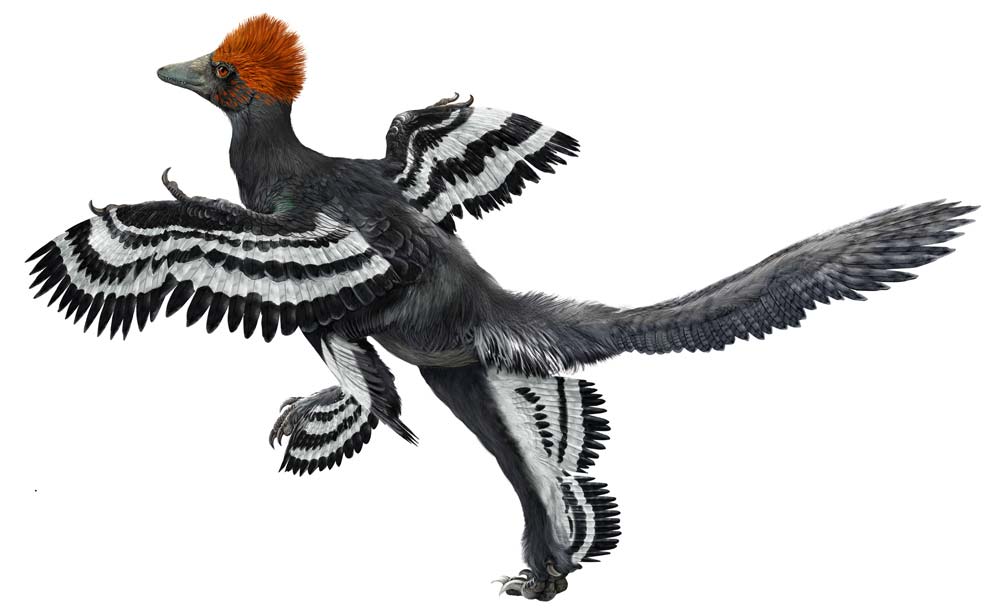
Anchiornis huxleyi, a feathered dinosaur that lived about 161 million years ago in what's now China, manifests characteristics of the transition between nonavian dinosaurs and birds. With a skeleton built for jumping to elevated perches and gliding back to the ground, its body was not built for powerful flapping.
Oviraptorosaur embryo
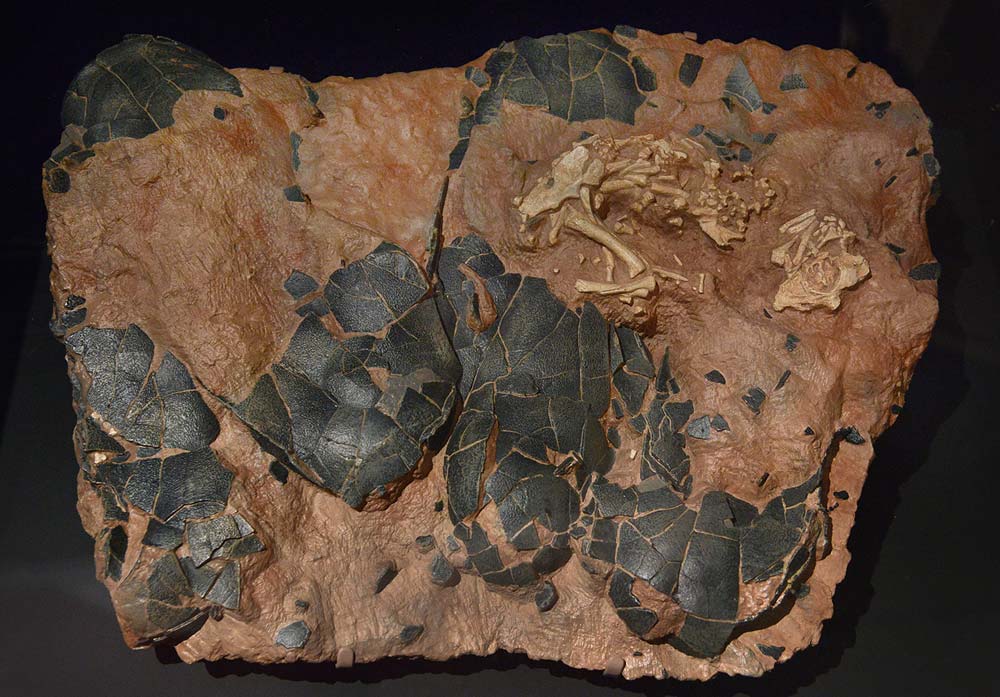
This fossilized embryo, known as Baby Louie, would have become a type of theropod dinosaur. The fossil preserved the familiar position found today in bird embryos — the head tucked toward the knees — and was the first such fossil found with the bones in place.
Climbable dinosaur nest
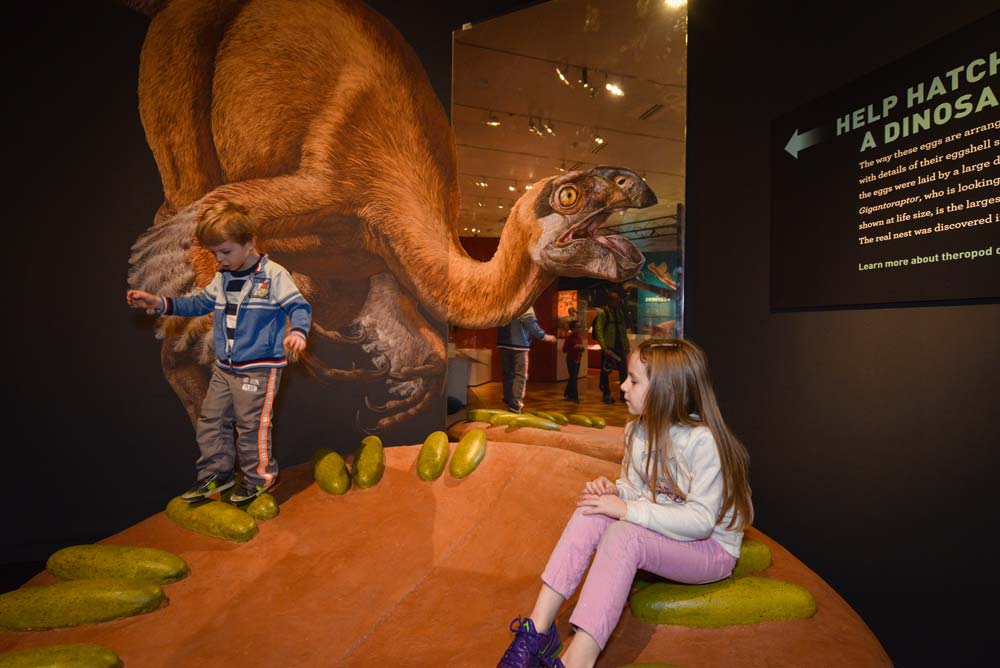
With this climbable, interactive exhibit, visitors can get up close and personal with a life-size model of a Gigantoraptor nest containing 20 eggs. The nest, found in China, likely belonged to one of the largest known oviraptorosaurs.
Gigantoraptor
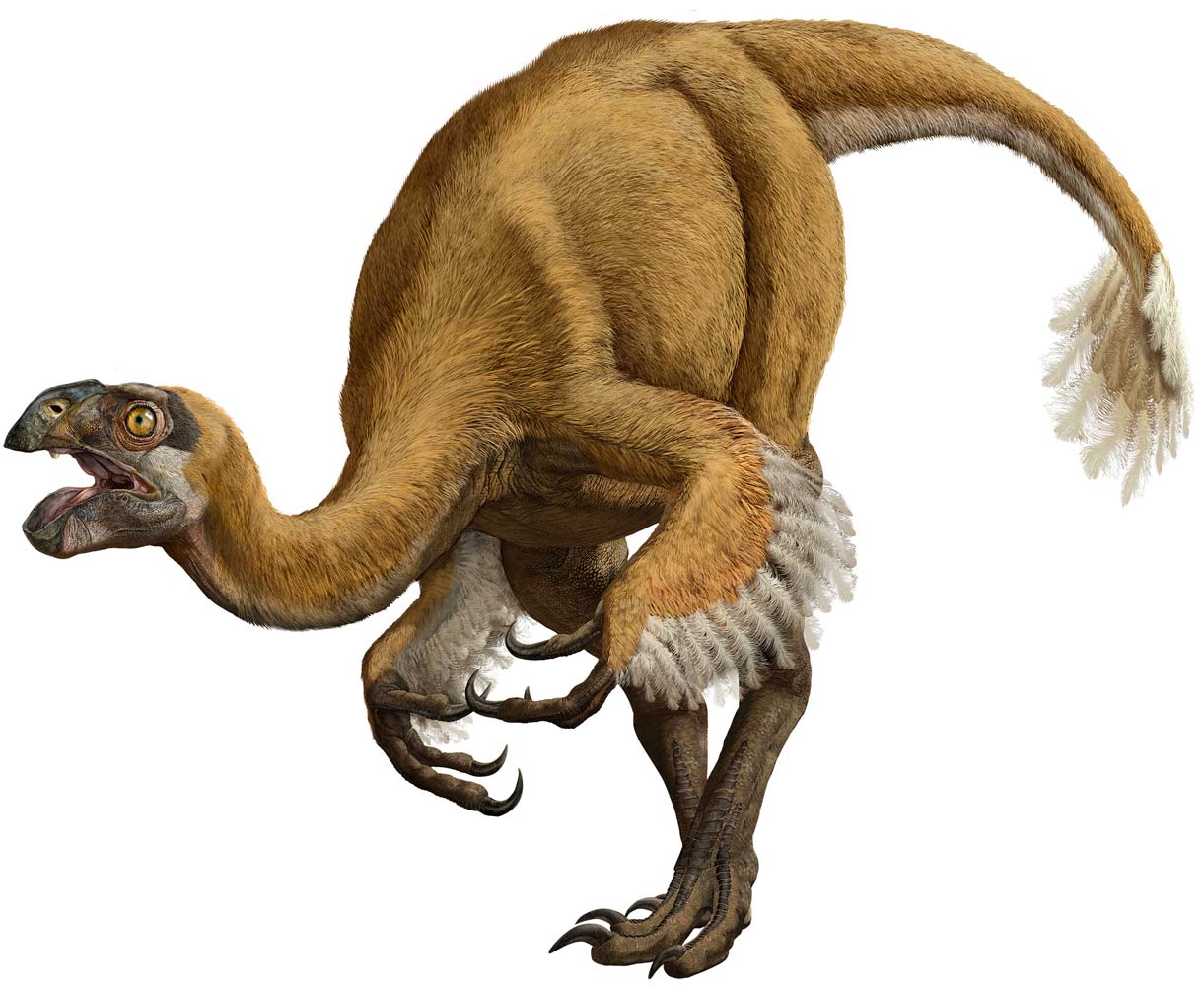
This image illustrates a Gigantoraptor, one of the largest oviraptorosaurs ever found.
Get the world’s most fascinating discoveries delivered straight to your inbox.
Alioramus

On the smaller side, Alioramus altai — a two-legged, carnivorous theropod — was uncovered recently. A relative of T. rex, the animal has features that are unique to its species.
Brains vs. brawn
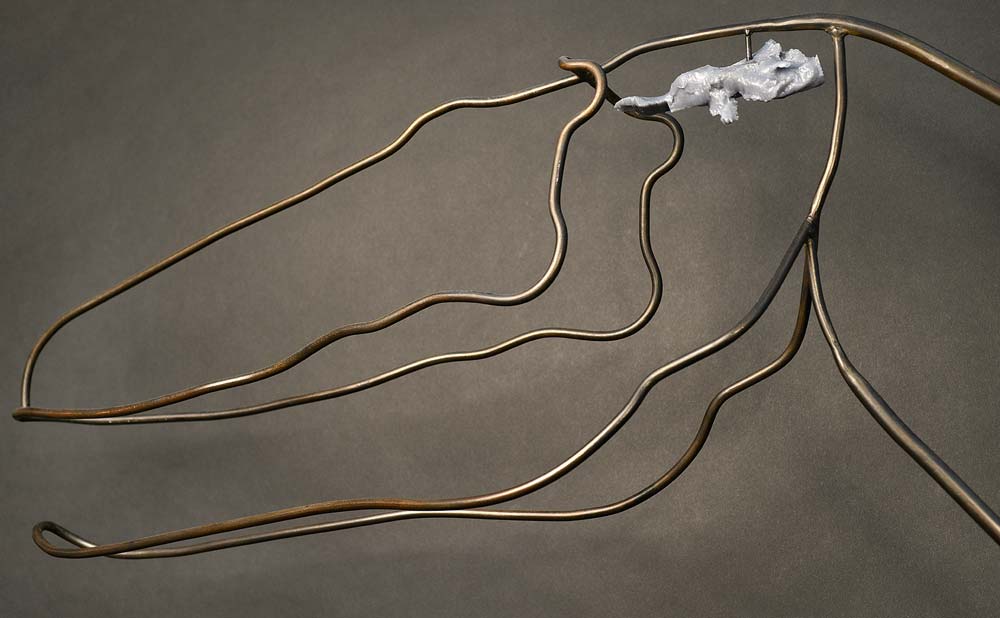
In this wire outline, a 3-D printed cast of the Alioramus' brain is suspended, based on the internal shape of the animal's skull. The shape and size of the brain is closer to the brain of a modern day crocodile than that of a bird.
Effigia
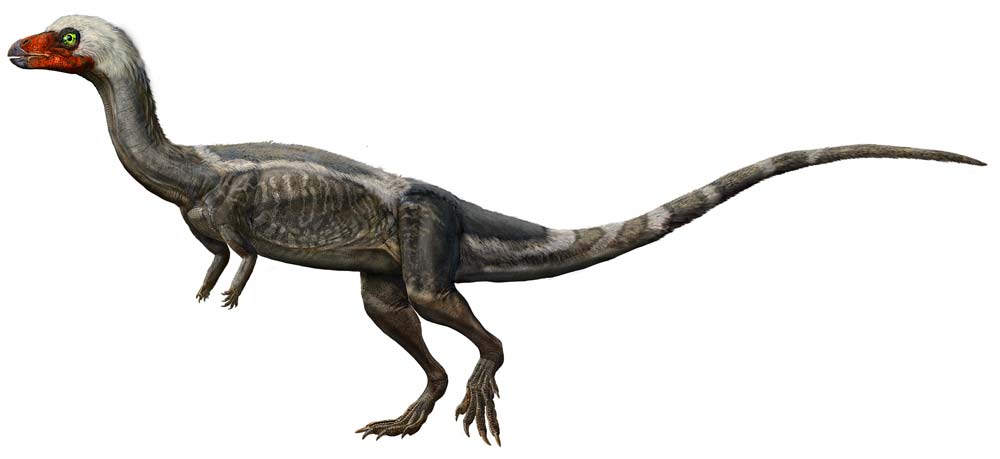
Effigia okeeffeae is a 210 million year old archosaur, which is related to crocodiles. Experts believe the creature was genetically similar to feathered dinosaurs because scales and feathers develop from the same type of thickened cells as an embryo grows.


